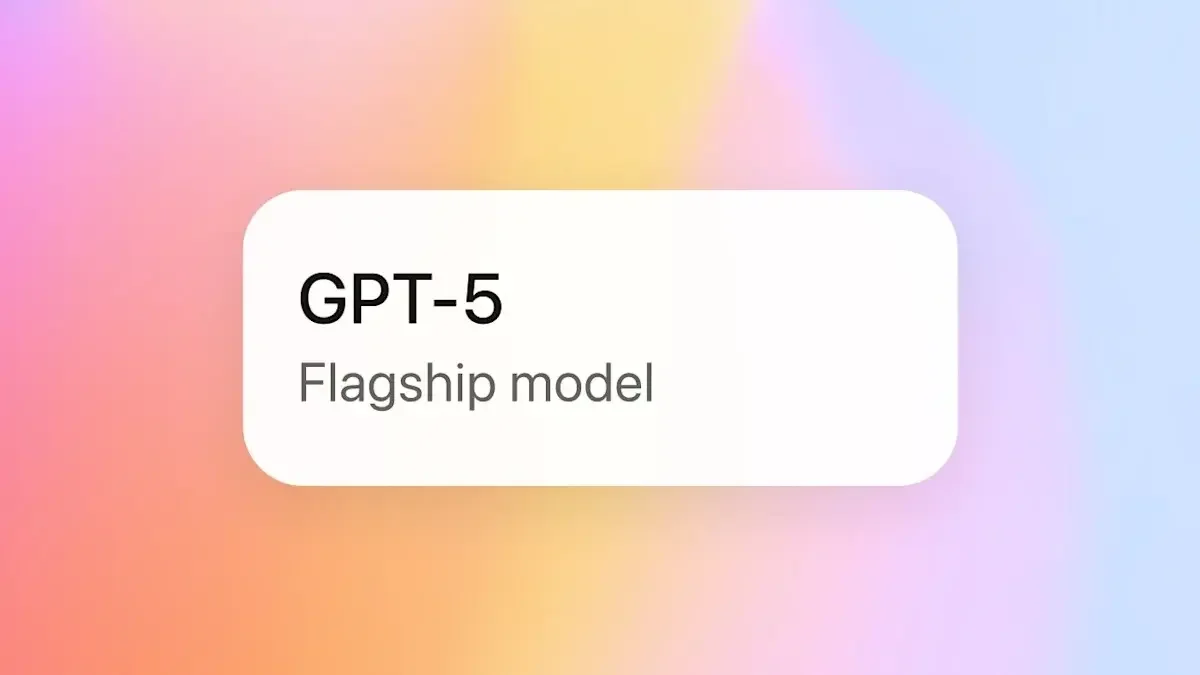What does a good strategy look like, and how exactly do you build it? In this #mtpcon Digital Americas talk, Nacho Bassino, author of Product Direction and Director of Product at Xing, deep-dives into a practical approach to creating your product strategy using a real-life case study.
Many times we talk about strategy, why it’s important, and all the things around the theory of strategy. But Nacho provides some practical tips on strategy, including how a good strategy helps, how to build it, and its components.
Watch the video to see his session in full, or read on for the highlights:
Why you need a good strategy
Product managers already know when they need to look at product strategy – execution disconnects from vision, and there are problems with alignment and focus. The most important thing, however, is a method for producing a strategy.
As Nacho explains, this model can be different depending on the company. The components can be adapted to your context and environment.
Strategy is important because most product teams have good discovery and delivery processes but lack direction and a way to define the right problems and goals to go to the next stage. Says Nacho: “Strategy is getting from the vision to choosing the right space and the right problems and goals, to going through the discovery and delivery phases.”
Steps of a product strategy
Creating a product strategy has four parts:
- Insights
- Select the most promising insights
- Goals and observations
- Synthesizing to share with others
Gathering information and communication are also critical, but they are not steps. They are important parts of the puzzle and are already expected of most product teams.
Nacho uses an example from a grocery delivery service. The service wanted to differentiate from restaurant delivery. It was already in a handful of cities and wanted to maximize its current market penetration.
Gathering information
Despite gathering information not being part of the steps, Nacho says that most product managers focus on results but have a multidimensional view for strategy and making everyday decisions.
Insights
Insights are learnings. They focus on the identification of a problem, a tendency, or an opportunity that can radically change the game. An insightless strategy is simply following a hunch.
Some of the types of insights include business model change, consumer behavior, automation and repositioning, and product behavior. Tools to discover insights include an opportunity solution tree, which helps you get from desired outcomes to opportunities you can pursue.
Select
Finding the most critical insights and opportunities is not about trying to understand ROI or prioritize. Instead, try to find focus and positioning. Use your intuition to find which opportunities are most critical. Nacho explains how product managers can use the ‘strengthen the core’ tool for the selection process. To do this, start by putting the value proposition in the center and around it place crucial insights that you’re considering, then ask two questions. The first, ‘how does my core value proposition help this new opportunity be successful?’ and the second, ‘what opportunities strengthen our value and differentiation?’
Goals and assumptions
The next step is to come up with goals and assumptions for selecting the insights. Create one-year goals and specify your key assumptions. Note a strategic hypothesis that helps to identify the riskiest insights and reveal which ones make the most sense to pursue.
Synthesis
Finally, it would help if you had a good artifact that’s easy for people to remember to synthesize information. While an in-depth strategy document may work for some meetings, a simple one-pager is much better for everyday use.
Nacho finishes with a few key takeaways.
No more excuses: Everyone should have a strategy. It is not only for the enlightened.
Be practical: While theory is awesome. There is a practical way to build it.
Hard work? Yes, but the benefits are totally worth the effort.
Enjoy more ProductTank content
ProductTanks are informal meetups, created by Mind the Product, to bring local product people together and to enable speakers to share amazing product insights. Today we have ProductTanks in more than 200 cities across the globe and there’s probably one near you.
Learn more about ProductTank – find your local meetup, explore more ProductTank content, see the latest ProductTank news, and discover ways to get involved!






